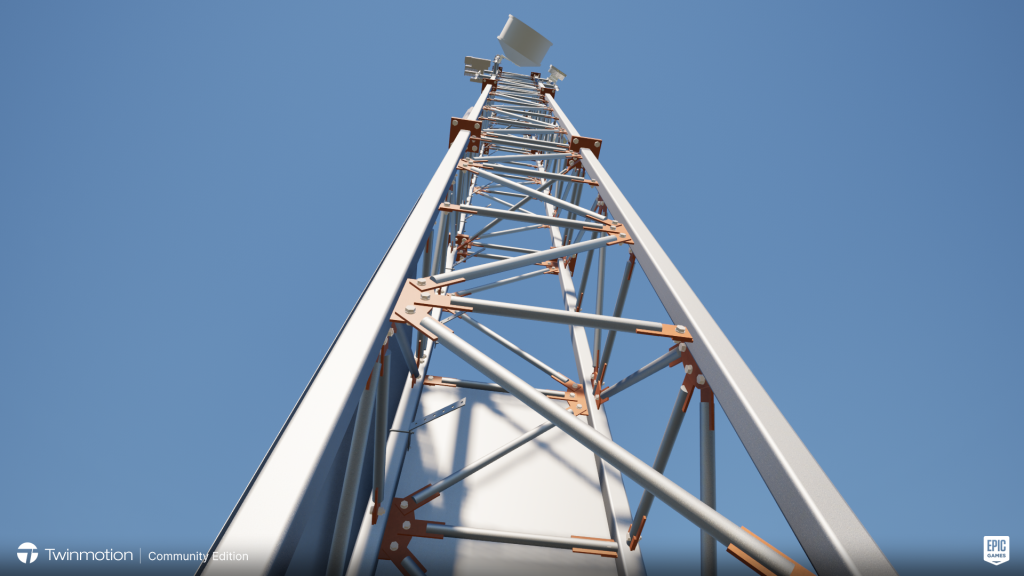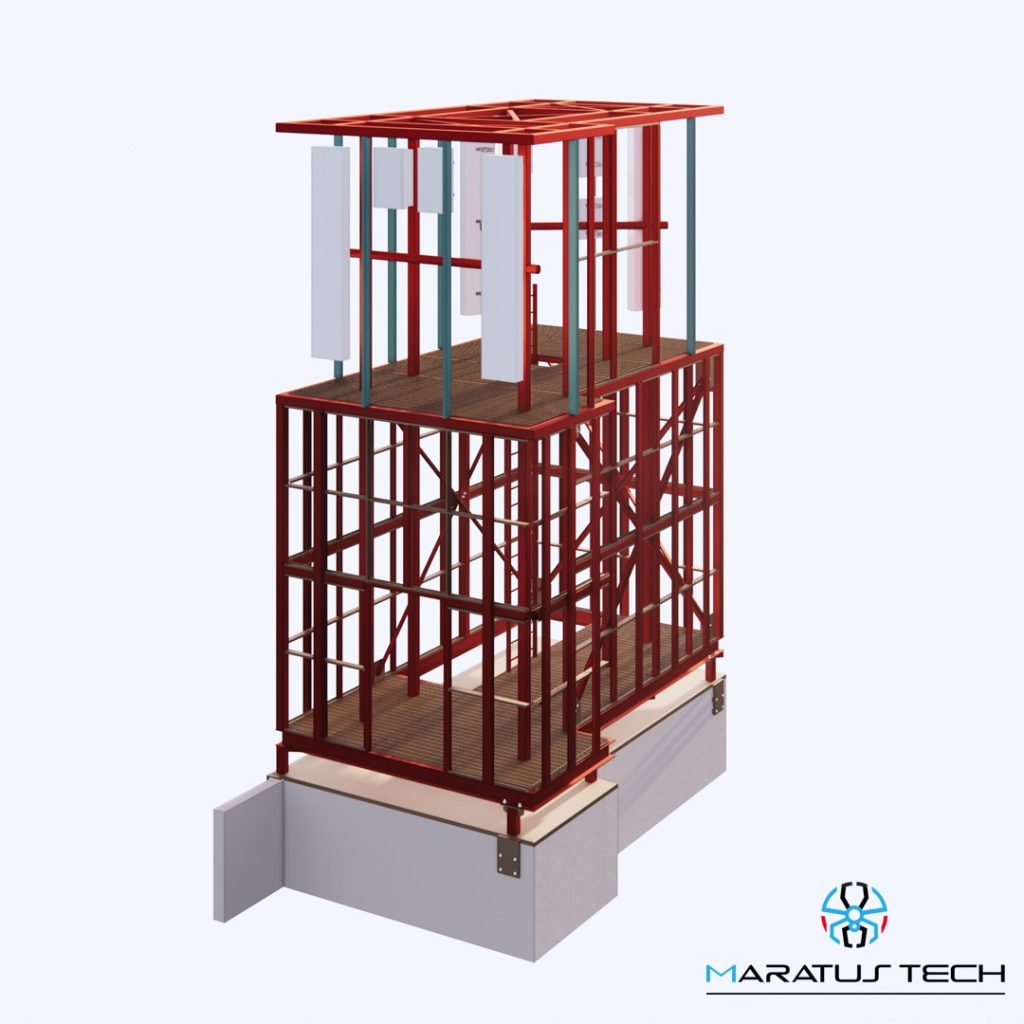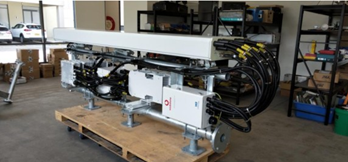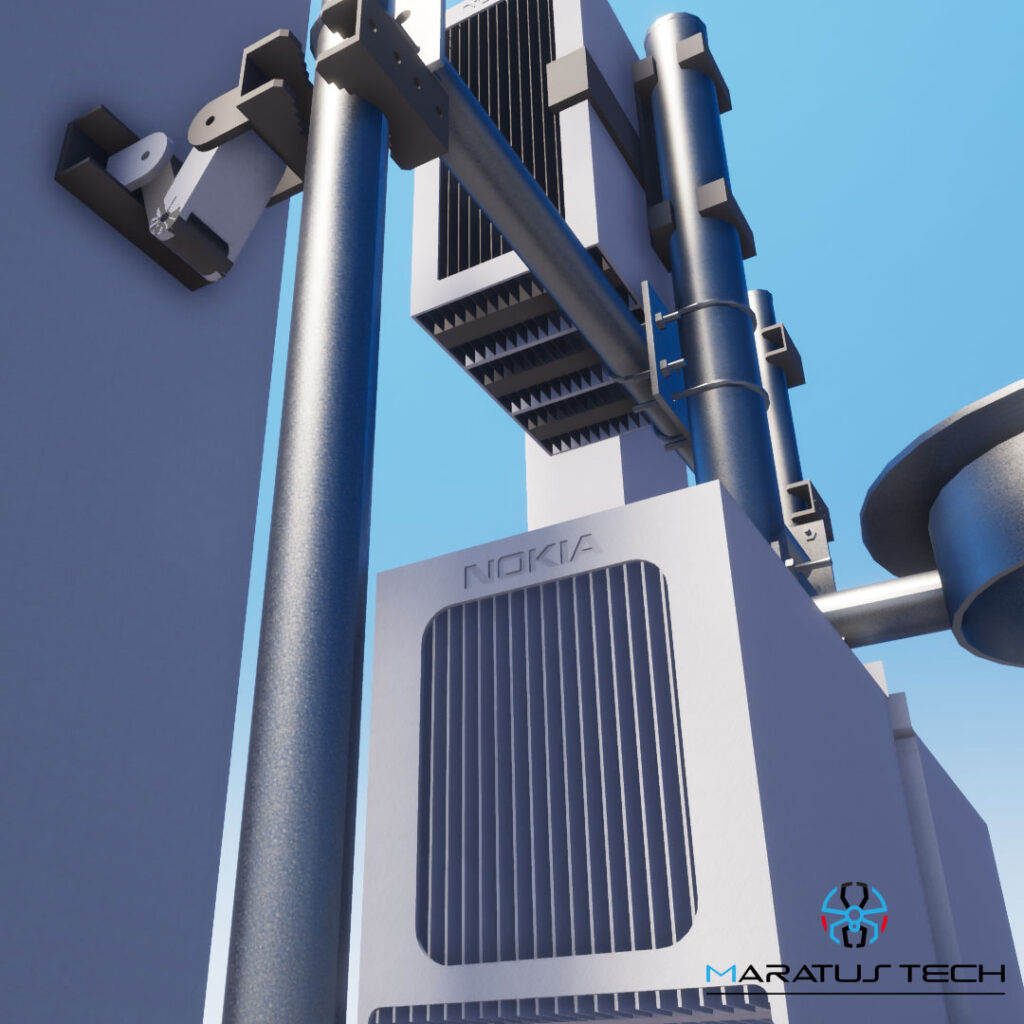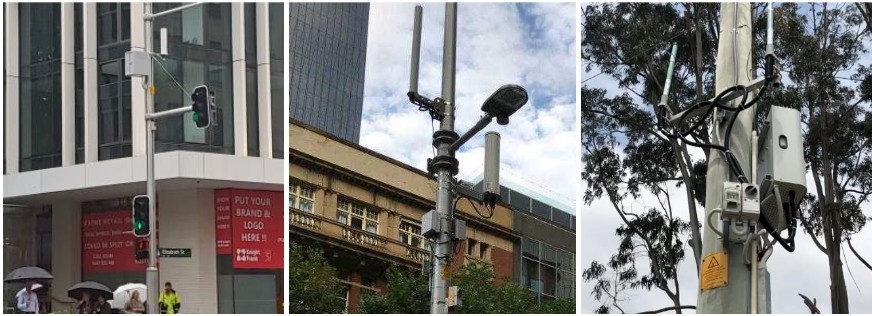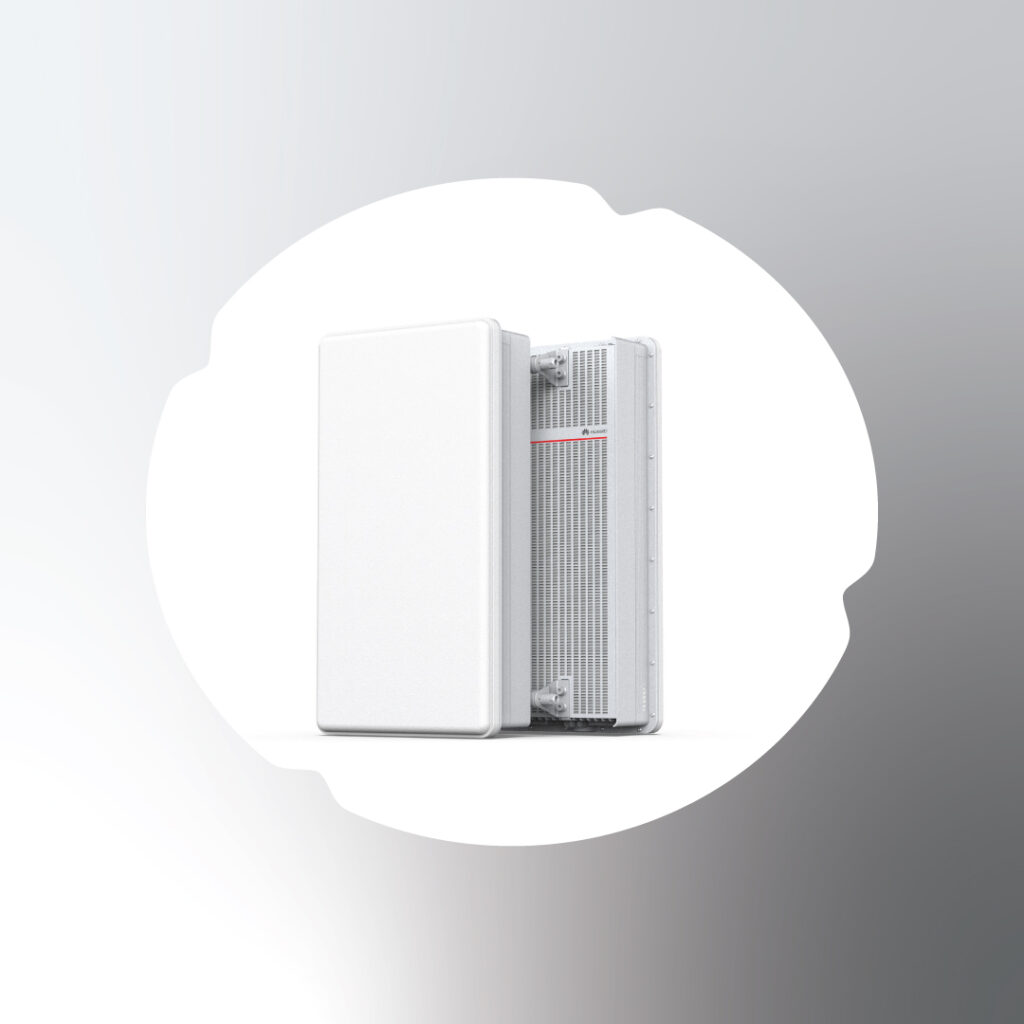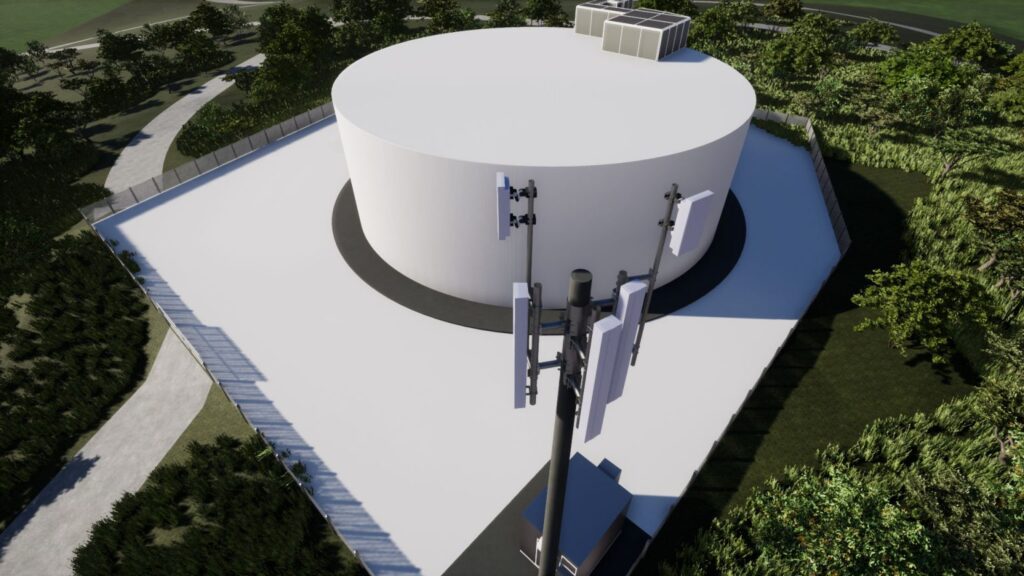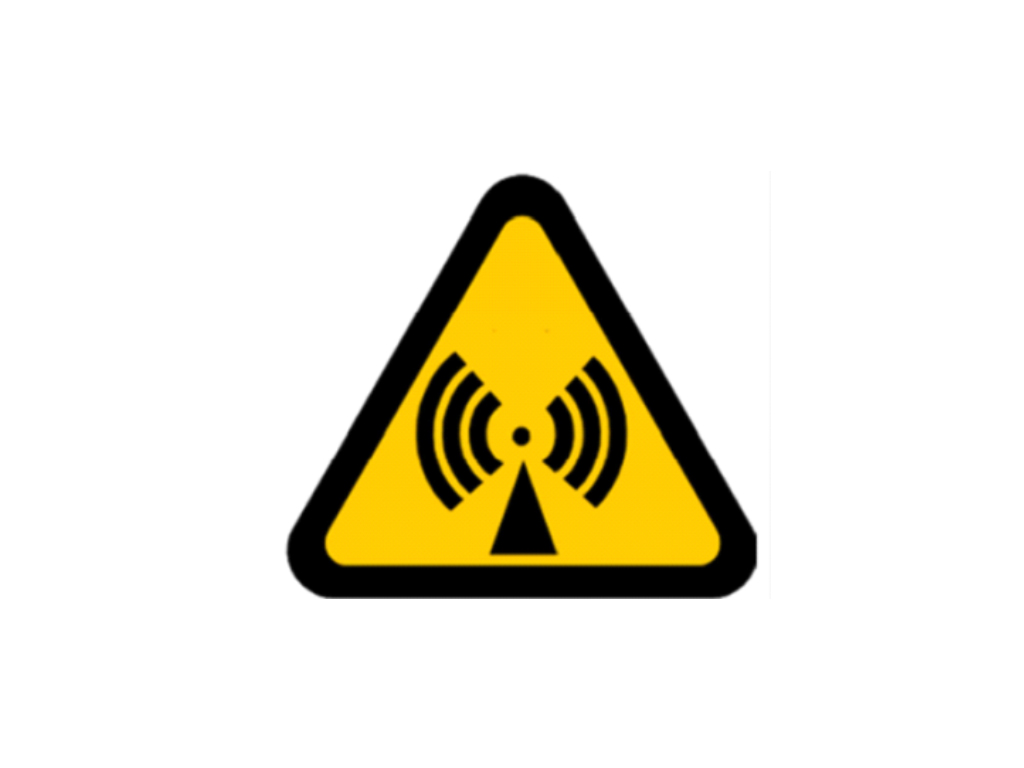The rollout of 5G technology by Optus and Vodafone marks a significant milestone in the telecommunications industry in Australia. This guide delves into the key aspects of their 5G Statement of Work (SOW), highlighting the initiatives, benefits, and future plans aimed at revolutionizing connectivity.
What is 5G SOW?
Definition: A Statement of Work (SOW) outlines the specific objectives, deliverables, and timelines for a project. In the context of Optus and Vodafone, the 5G SOW details the comprehensive plan for deploying and expanding 5G networks across Australia.
Purpose: The primary purpose of the 5G SOW is to:
- Enhance network infrastructure.
- Improve data speeds and connectivity.
- Support advanced technologies and applications.
Key Initiatives in Optus and Vodafone 5G SOW
1. Infrastructure Upgrades:
- Network Expansion: Implementing new 5G cell sites and upgrading existing infrastructure to support 5G technology.
- Fiber Optic Integration: Enhancing backhaul capabilities with extensive fiber optic networks to ensure robust connectivity.
2. Coverage Enhancement:
- Urban Areas: Focused deployment in metropolitan regions to cater to high data demands.
- Rural and Remote Areas: Extending 5G coverage to underserved and remote locations, bridging the digital divide.
3. Technology Integration:
- Advanced Antennas: Utilizing Massive MIMO (Multiple Input Multiple Output) antennas for improved signal quality and capacity.
- Edge Computing: Integrating edge computing solutions to reduce latency and enhance real-time data processing.
4. Collaboration and Partnerships:
- Strategic Alliances: Partnering with technology providers, industry leaders, and government bodies to accelerate 5G deployment.
- Research and Development: Investing in R&D to innovate and enhance 5G capabilities and applications.
Benefits of Optus and Vodafone 5G Networks
1. Faster Data Speeds:
- Enhanced Performance: 5G technology offers significantly higher data speeds compared to previous generations, enabling seamless streaming, gaming, and browsing experiences.
2. Improved Connectivity:
- Reliability: Enhanced network reliability ensures consistent connectivity, even in high-demand scenarios.
- Capacity: Greater network capacity supports more devices and applications simultaneously.
3. Support for Emerging Technologies:
- IoT Integration: Facilitates the deployment of Internet of Things (IoT) devices and applications, driving innovation across industries.
- Smart Cities: Enables the development of smart city solutions, improving urban management and quality of life.
4. Economic Growth:
- Business Opportunities: Accelerates digital transformation, creating new business opportunities and driving economic growth.
- Job Creation: Promotes job creation in the tech and telecom sectors through infrastructure development and technological advancements.
Future Plans for 5G Expansion
1. Nationwide Coverage:
- Optus and Vodafone aim to achieve comprehensive 5G coverage across Australia, ensuring all regions benefit from the technology.
2. Continuous Innovation:
- Ongoing investment in R&D will lead to continuous improvements in 5G technology, supporting the evolution of next-generation applications and services.
3. Sustainable Development:
- Emphasizing sustainable practices in 5G deployment to minimize environmental impact and promote green technology solutions.
Conclusion: The 5G SOW by Optus and Vodafone is set to revolutionize connectivity in Australia, offering faster speeds, improved reliability, and support for emerging technologies. By understanding the key initiatives and benefits outlined in this guide, consumers and businesses can look forward to a future of enhanced digital experiences.


